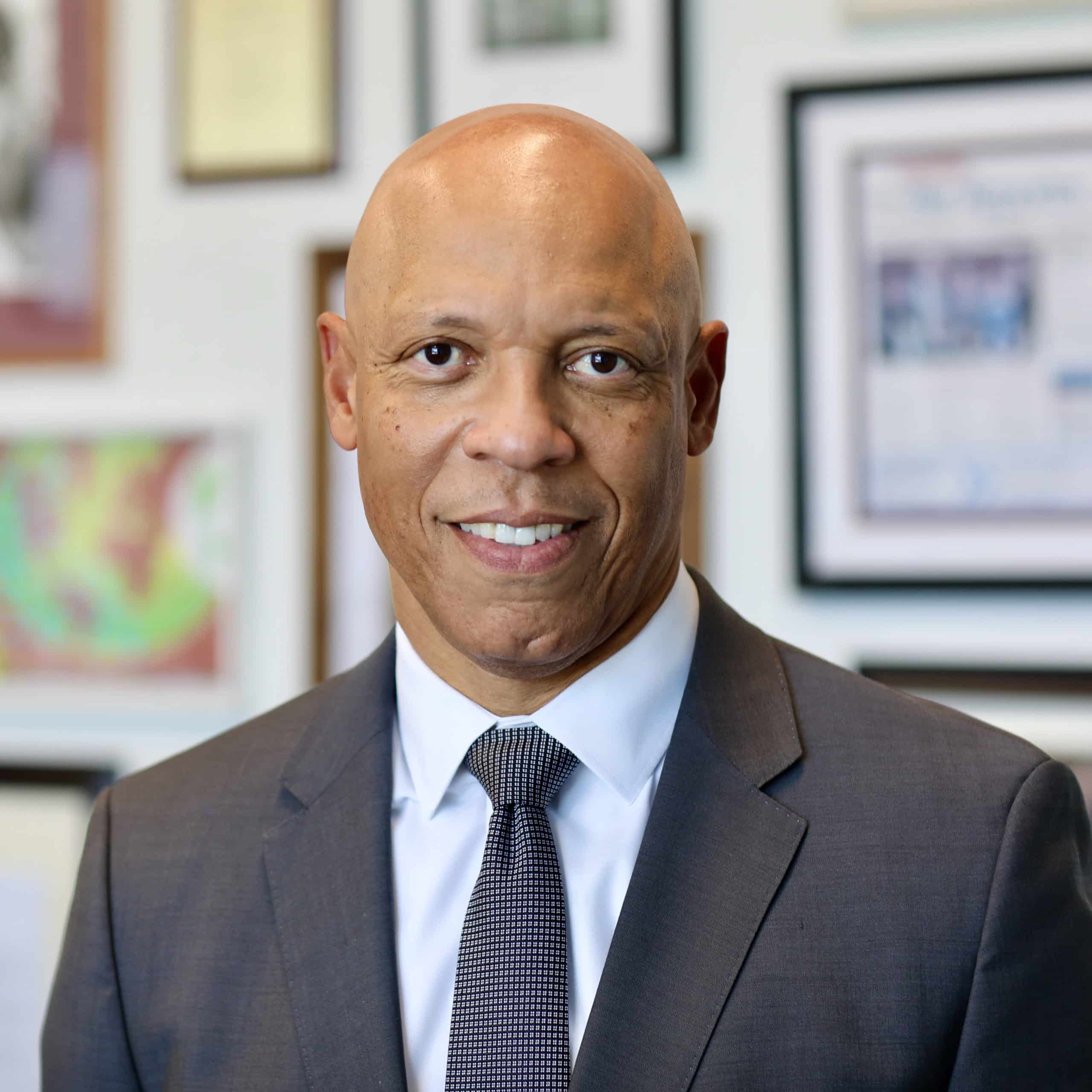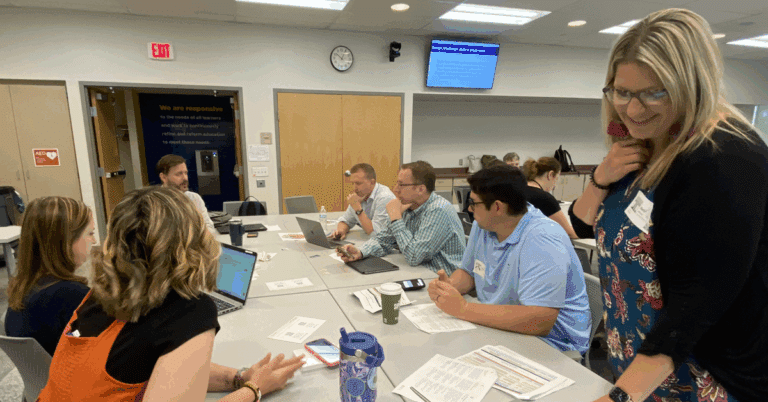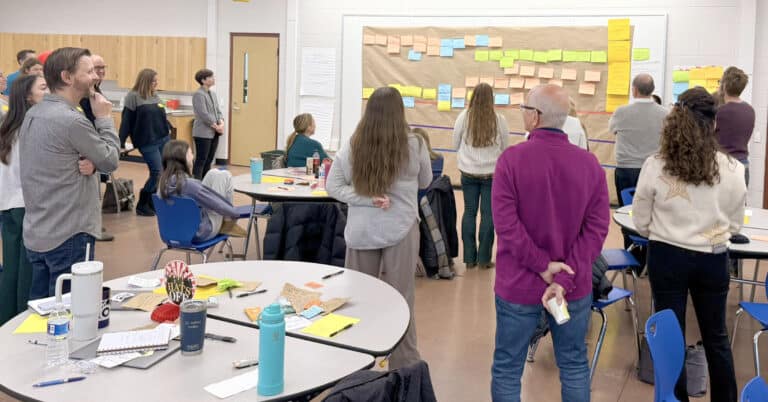Many district leaders may not consider their budget a communication tool, but it’s one of the most powerful ways to affirm their commitment to the vision for all learners and to share that commitment with the community. Rather than focusing on what must be cut, reframing budget conversations around what you are committed to preserving and guaranteeing for every child builds trust and clarity.
Here are five essential strategies to guide and communicate your budget process with a positive, asset-based lens.
1. Start with what you will guarantee for every child
Instead of leading with trade-offs or reductions, begin by identifying what every child in your district will have access to, whether it’s music, a learner profile or safe playgrounds. This asset-based approach shifts the conversation from one of scarcity to one of shared values. It also helps clarify your non-negotiables and communicates a strong, unified vision to your community.
2. Be transparent and honest about the challenges
While it’s important to lead with what you’re committed to, it’s equally critical to be forthright about the financial realities. Share the constraints as early as possible, ideally years in advance, so the community understands the challenges and can be part of the solution. When people understand the problem, they’re more likely to support the tough decisions needed to uphold your guarantees.
3. Engage your community early and meaningfully
Budgeting should be a community-wide effort, not just a task for district leadership. Use tools like a community-developed learner profile to ground your decisions in shared priorities. Invite feedback not just on options A or B, but on the values and trade-offs behind them. This builds ownership and ensures that the budget reflects the community’s voice.
4. Use your budget as a tool to communicate your vision
Every financial decision should align with your district’s vision. Whether it’s a new program or a routine expense, show how it supports what your community has identified as their priorities for learners. When something isn’t funded, explain what that means in terms of the shared vision. This clarity reinforces trust and helps stakeholders understand the “why” behind each decision.
5. Empower educators as trusted communicators and include them as a primary audience
Teachers and principals are often the most trusted messengers in your system. Make sure they’re among the people to whom you communicate. Equip them with the information and context they need to explain how budget decisions support student outcomes. They are not just instructional leaders; they are also key communicators who can help the broader community understand and support your vision. When parents and local leaders can hear from their daughter’s third-grade teacher or their son’s high school principal about how district spending aligns with what they want for learners, because your office has been conscientious about communicating internally, you are reinforcing trust and community will.





